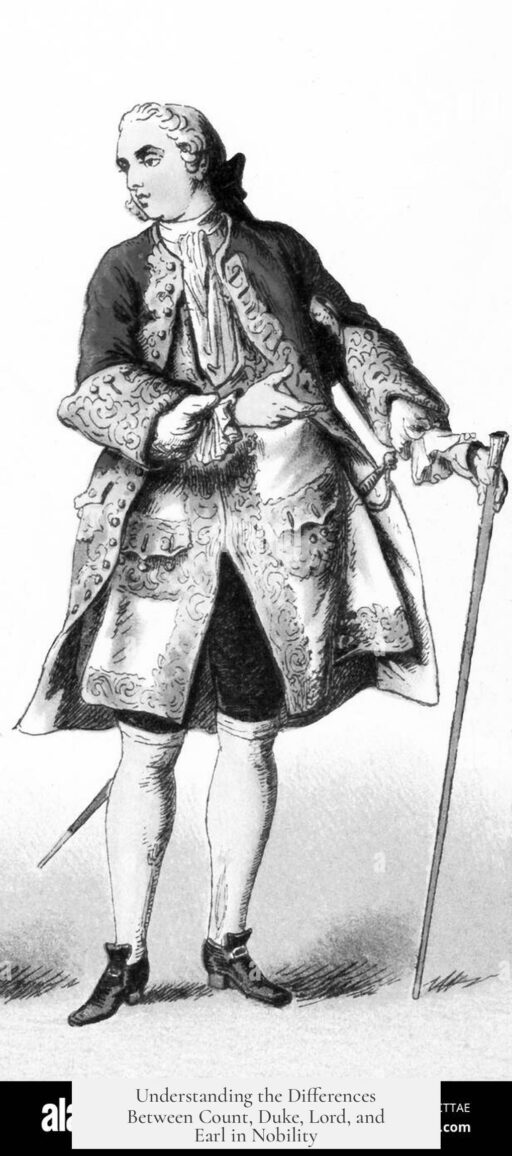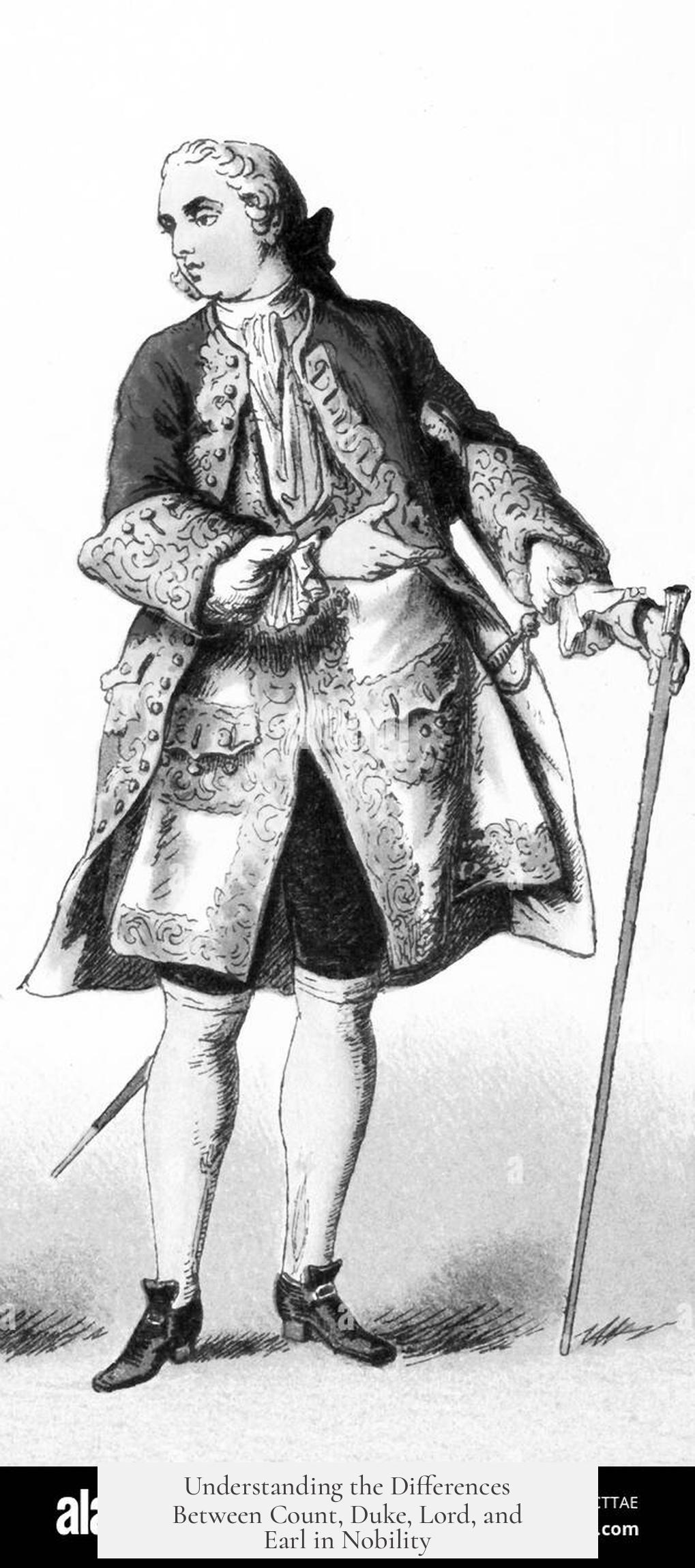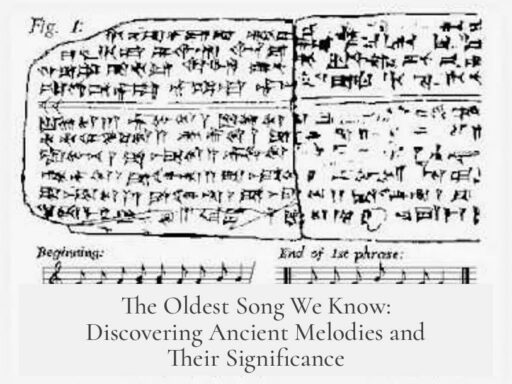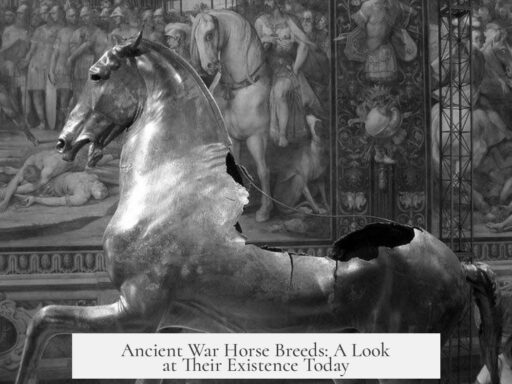The differences between a count, duke, lord, and earl lie in their ranks, origins, and usage in the nobility system, particularly within European and British contexts. Primarily, a count and an earl are equivalent noble ranks; a duke ranks higher than both, and lord serves as a broad title for nobility members above baron.

Count and Earl represent the same level of nobility but differ by geography and terminology. A count is the continental title originating from the Latin comes, meaning a companion or official with military duties, later evolving into a hereditary noble rank. It was used widely across Europe—called Greve in Sweden, Graf in Germany, and Comte in France.
The earl is the British and Irish equivalent, derived from the Old English and Scandinavian term jarl, which once referred to a local chieftain or prince. Unlike the continental count, England retained the title earl after the Norman Conquest, largely to avoid confusion with the profane-sounding Norman term for count.
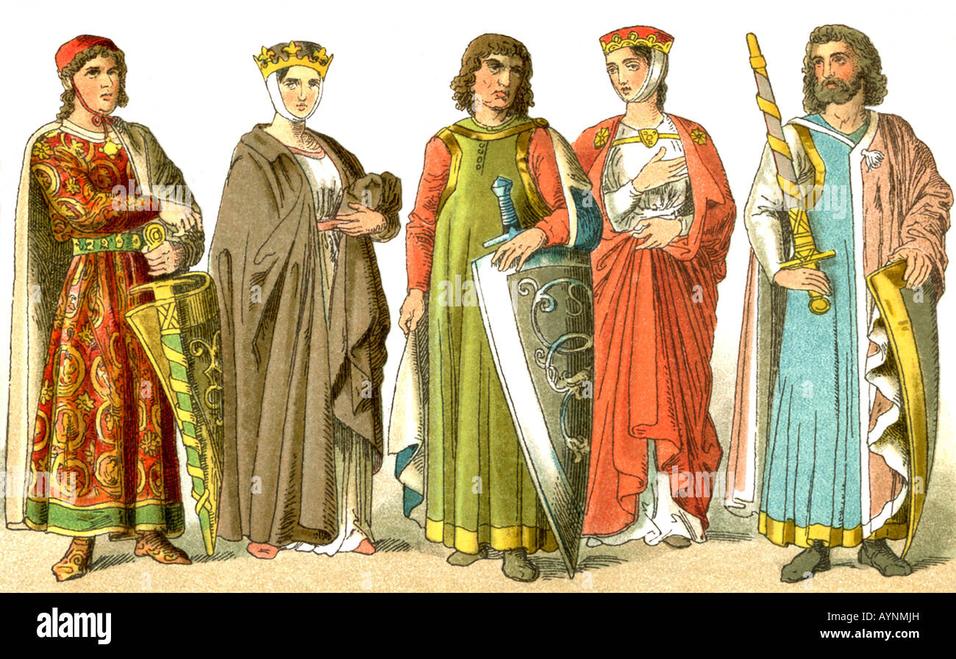
- Earl ranks above barons and below dukes.
- Earls are addressed as “Lord” and their wives as countesses, not “earless.”
- While counts could be appointed by monarchs or dukes, earls historically held both ceremonial and military roles.
Above the count/earl is the duke, a noble title of higher rank. The duke often ruled over a duchy, a significant territorial domain, or belonged to the monarch’s family, such as siblings or close relatives.
- The duke outranks earls and holds the highest noble title below the monarch, such as king or queen.
- The term derives from the Latin dux, initially a military leader in Roman times, evolving into a ruling noble especially in medieval Europe.
- Variants of duke include grand duke, archduke, or equivalent terms in different languages.
- In England, the dukedom started officially with Edward III in 1337 and expanded thereafter.
The third term, lord, differs as it is a broad and general title rather than a specific rank. In Britain, “lord” is an appellation used for male hereditary peers above the rank of baron.
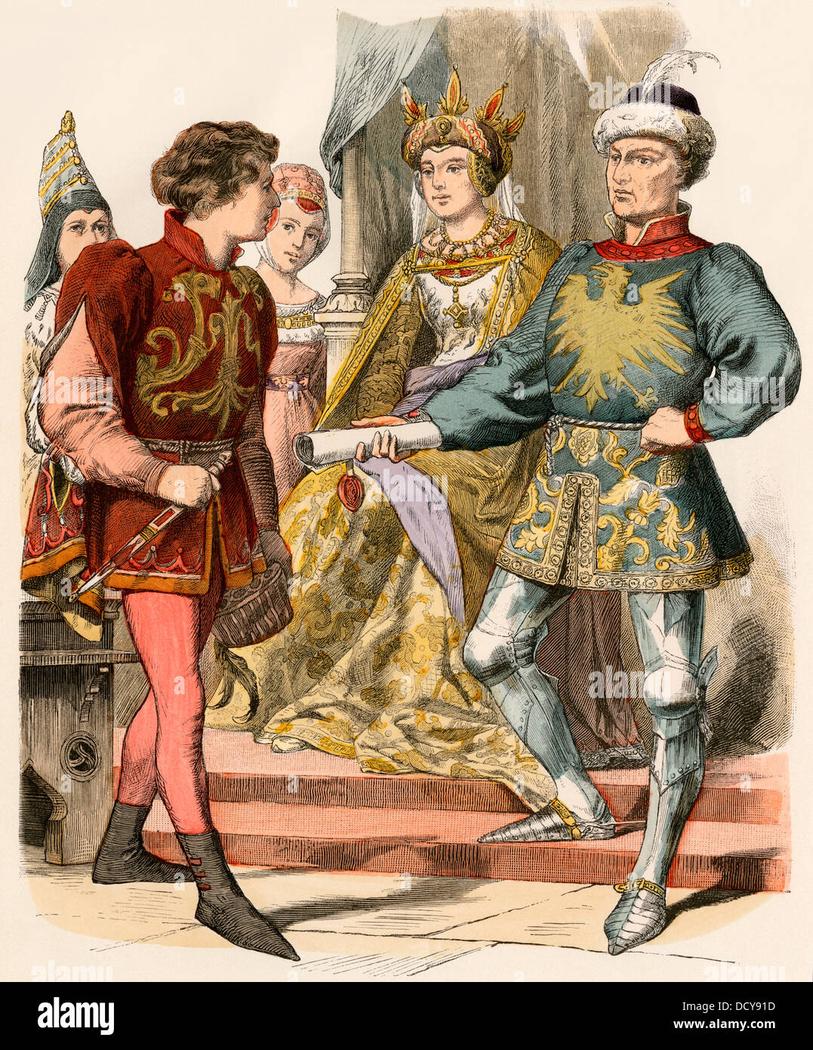
- Lord refers to various ranks in the peerage including barons, viscounts, earls, marquesses, and dukes.
- It is a feudal term indicating a landowner or noble.
- Knights and esquires are not called lords, despite some lords also being knights.
- The female counterpart is lady, used for peeresses.
The structure and hierarchy of these titles have historical roots in medieval England and continental Europe, where titles not only signified rank but implied territorial control and military obligation. After the Norman Conquest, England’s noble ranks included earls and barons initially. Dukes and other titles such as marquess and viscount appeared later as nobility expanded in status and influence.
| Title | Rank | Origin / Meaning | Usage / Address | Notes |
|---|---|---|---|---|
| Earl | Equivalent to Count | From Old English/Scandinavian jarl, local chieftain/prince | Addressed as Lord; wife called Countess | Kept post-Norman Conquest in England |
| Count | Equivalent to Earl | Latin comes, a Roman military/official title | Count palatine if appointed by monarch directly | Common in continental Europe |
| Duke | Above Earl/Count | Latin dux, military commander/ruler of Duchy | Highest rank below monarch; often ruling noble | Includes variants like Grand Duke, Archduke |
| Lord | General Title | Feudal term meaning landowner and hereditary peer | Used for male nobles above baron rank | Broad term, includes several ranks |
In medieval England, the nobility’s primary ranks were earls and barons, with dukes emerging later. The introduction of dukes and other titles reflected evolving political structures. Lords held land and owed military support to the king or monarch.
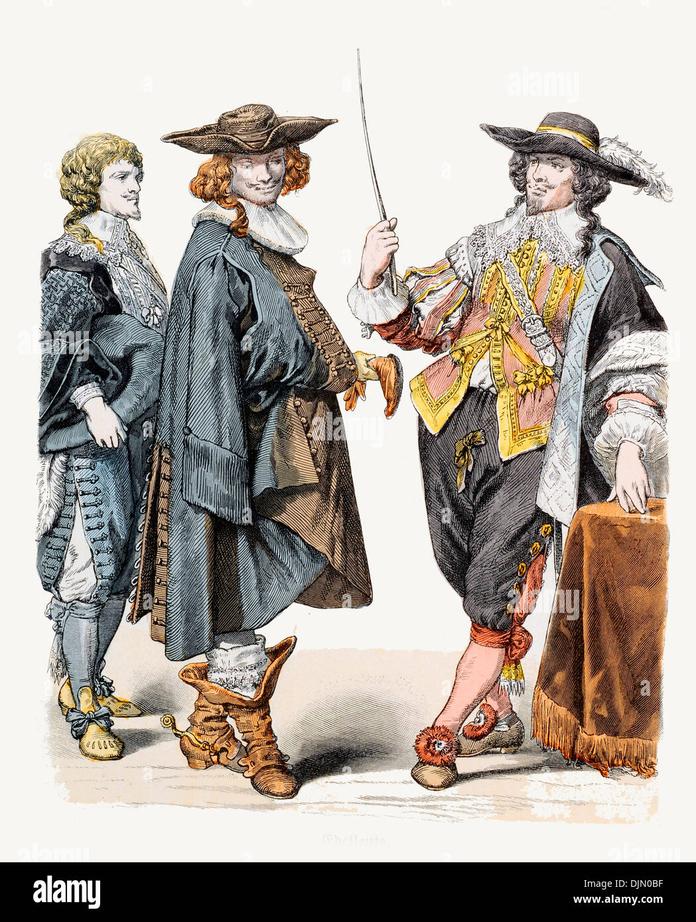
Overall, counts/earls represent mid-level noble ranks with territorial and military responsibilities, dukes hold a superior rank often linked to ruling duchies or royal kin, and lord is a collective title for nobles above barons, encompassing various ranks.
- Counts and earls equate but differ by region: earl in Britain, count in continental Europe.
- Dukes outrank counts/earls and often govern large territories or duchies.
- Lord is a broad, respectful term for nobles above barons.
- Each title has military and social roots tied to land ownership and feudal responsibilities.
- Historical developments shaped how these titles are conferred and addressed today.
What are the differences between a count, duke, lord, and Earl?
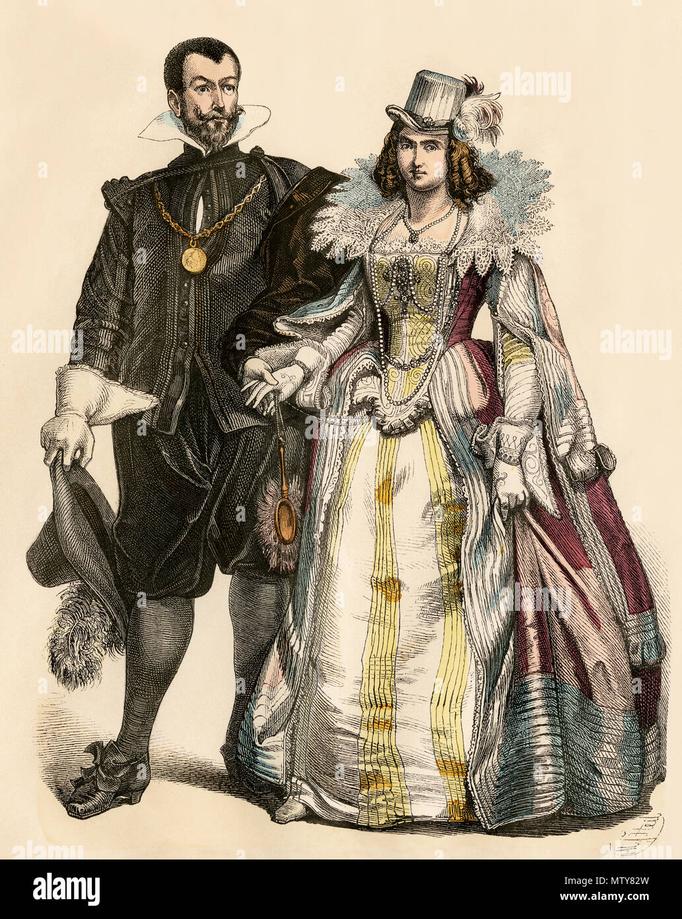
Simply put: A Duke outranks a Count (or Earl), and “Lord” is a broad term that could refer to many nobles above a baron. Meanwhile, an Earl is just the English name for a Count. Now, let’s take a fun, detailed stroll down the winding lanes of nobility and clear up these titles once and for all.
Who wouldn’t want to sound like royalty at their next trivia night? Or better yet, spot the subtle differences in history books that often confuse even the keenest minds. So, what’s the real deal? Let’s unpack these titles one by one, sprinkle in a bit of history, and uncover their stories.
The Tale of the Count and the Earl: Two Titles, One Rank
First up, the Count and the Earl, who are basically twins separated by geography. Across Europe, you’ll find Counts—known as Comte in France, Graf in Germany, and Greve in Sweden. In Britain and Ireland, the same rank walks under the name Earl.
The term Count stems from the Latin comes, originally a military role in ancient Rome, commanding units of soldiers. However, unlike the Roman military role, the Count became a hereditary nobility title in the Middle Ages. Monarchs or Dukes usually appointed Counts. If a monarch appointed them directly, they might become a “count palatine,” a somewhat fancier term.
Earl, on the other hand, has roots in the old Scandinavian jarl, which ranged from local chieftains to powerful regional rulers in Viking times. England kept the tradition of using “Earl” instead of “Count.” Rumor has it that the Normans avoided the word “Count” because it sounded too close to an Old English expletive. Charming, right?
By tradition, an Earl is addressed as “Lord,” and his wife is called a Countess — not “Earless” as one might jokingly guess. So, if you meet a Countess in England, she’s likely married to an Earl, not a Count, but effectively they hold the same rank.
Duke: The Big Boss of Nobility
A Duke is the next level up on this noble ladder. Think of him as the CEO in this corporate structure of medieval aristocracy. Above Counts (or Earls), Dukes reign just under the royal family—King, Queen, or Prince of Wales.
The word Duke derives from the Latin dux, meaning “leader” or “commander.” It started as a military title during the Roman Republic, but by the Middle Ages, it became a signifier of a noble ruling over a duchy, a territory or province. In some countries, like Sweden, only siblings of the monarch get the Duke title, but in others, independent noble families hold duchies.
Ever heard of the Archduke of Austria? That’s a higher variation of Duke, showing how flexible this title can be. Russia had Grand Dukes, corresponding roughly to “Grand Princes,” but English sources often translate this to “Grand Duke.”
In England, the Duke title was first officially granted by King Edward III in 1337 to his son, Edward, the Black Prince, as Duke of Cornwall. By the late 15th century, there were several Dukes across England and Ireland, though the title experienced ups and downs—at one point, there were none left after a Duke’s execution by Queen Elizabeth I.
Lord: The Catch-All Noble Term
Now, onto the elusive and versatile Lord. This isn’t a rank per se but rather a respectful way to address a male noble. Think of it as a blanket term for many nobles above a baron but below a king, queen, or prince.
Historically, “Lord” simply meant a landowner (like the more familiar word “landlord”). It became a polite way to refer to peers in Britain with hereditary titles such as Dukes, Earls, and Barons. However, you wouldn’t call a knight or an esquire “Lord.” That distinction is reserved for those with peerage ranks.
For example, an Earl would be referred to as “Lord So-and-So.” However, the word “Lord” can feel a bit vague. Is your Lord a Duke? An Earl? A Marquess? It could be any, so it depends on specifics.
England’s Nobility Hierarchy in Historical Context
Before the Normans invaded in 1066, England had Earls and Scottish lands had Thanes as their top noble titles, plus the royal family of course. William the Conqueror introduced Barons to England but retained the rank of Earl.
Between 1066 and 1300, the noble ranks were pretty simple: Barons and Earls dominated. There were fewer than 200 Barons and only about eleven Earls in England and Ireland by 1307, under King Edward I. The Duke title trailblazed a little later, mainly given to royal sons, expanding the noble ranks.
Other noble titles like Marquess and Viscount appeared during the later Middle Ages, but they remained relatively rare compared to the main players—Dukes, Earls, and Barons.
Interestingly, originally these titles came with land rights and military duties—your local Earl or Baron was expected to manage land and raise troops for the king. As Europe modernized, these roles shifted more towards honorific titles rather than active governance or military command, though nobles remained powerful through their wealth and influence.
Quick Reference: How They Stack Up
| Title | Rank | Origin/Meaning | Address | Notes |
|---|---|---|---|---|
| Earl | Equivalent to Count | Anglo-Saxon jarl – local chieftain to prince | Addressed as ‘Lord’; wife = Countess | Retained post Norman conquest instead of ‘Count’ |
| Count | Equivalent to Earl | Latin comes – Roman military rank, later hereditary noble | Count palatine if monarch-appointed | Continental equivalent of Earl |
| Duke | Above Count/Earl | Latin dux – leader, military commander | Highest noble title below monarch | Variants include Grand Duke, Archduke; rule of duchies |
| Lord | General noble appellation | Feudal term for landowner, peerage member | Applied to peers above Baron | Not for knights or esquires; broad term |
So, Why Should You Care?
Understanding these differences isn’t just royal trivia. It helps clarify historical texts, novels, or films. When someone says “the Duke of Whatever,” you now know that’s someone pretty high on the noble scale—even above an Earl or Count. When a character calls someone “Lord,” you can wonder if they are throwing around a vague term or referring to a specific rank.
And knowing that an Earl and a Count are the same rank but called differently based on geography is pretty neat. It makes you appreciate how language and culture shape history in subtle but fascinating ways.
Want to Sound Like You Know Nobility?
- Remember: Earl = Count (England’s special name for the continental Count).
- Duke is top-tier nobility below the royal family, often a ruler of a duchy.
- Lord is like saying “nobleman,” but it covers many ranks—don’t use it loosely!
- Count palatine means the Count has a direct royal appointment.
- The wife of an Earl is always called a “Countess,” no exceptions.
Next time you dive into a historical novel or watch a period drama, you’ll spot the uses (and misuses) of these titles. Imagine correcting the cast or narrating with confidence, “Actually, the Earl shouldn’t be called Duke unless he’s been promoted by the king.” You might become the most regal person at the party, after all.
Historical nobility ranks are more than dusty titles. They’re living threads woven into our language and culture, revealing history’s layers. So now, when someone asks, “What’s the difference between a Count, Duke, Lord, and Earl?” you’ll give the answer with a royal smile and a well-placed “my lord.”
What is the difference between a Count and an Earl?
Count and Earl are equivalent ranks of nobility. The Count is the continental term, while Earl is used in Britain and Ireland. Both rank above a baron and below a duke.
How does the rank of Duke compare to that of a Count or Earl?
A Duke ranks higher than a Count or Earl. Dukes are often ruling nobles of a duchy and are second only to royalty in rank.
What does the term “Lord” signify in British nobility?
Lord is a general term for a male hereditary peer above baron rank. It is not a specific title but covers various noble ranks.
Why is the wife of an Earl called a Countess and not an Earless?
The title Countess is used because “Earl” is the British form matching the continental “Count.” Countess is the traditional female equivalent.
What historical factors influenced the use of Earl instead of Count in England?
England kept the Anglo-Saxon title Earl after the Norman invasion since “Count” sounded like a vulgar word in Old English.
How did noble titles relate to land and military duties in medieval England?
Titles like Earl and Baron originally implied control over land and a duty to provide military support to the king. Later, titles became more honorific than administrative.
